With 2014 now behind us, I must go through the meaningful but often annoying trend of looking back at what was worth watching in movies and TV. In terms of anime, it wasn’t a particularly strong year for anime. Some stuff was good. Some stuff was bad. However, one thing I can definitely say for 2014 is that it gave me an anime that I never thought would be good, but turned out to be one of the best little surprises of 2014. Now that it’s over, I can say it clearly: you should watch Rage of Bahamut: Genesis.
Here’s a list of reasons why I thought this wouldn’t be good. One, it is adapted from a Japanese online trading card game. The best you could assume based on that concept is that it would be Yu-Gi-Oh! or maybe Digimon. Two, it looks like generic anime. Despite the classic European high fantasy setting, there’s a lot of character and costume design ideas that are clearly there just because it’s an anime, not because it makes sense for this story. And three, it’s largely broad fantasy tropes: demons, angels, monsters, knights, thieves, etc. So, with all of these reasons why I shouldn’t like it, why am I still saying you should watch it?
First and foremost, the narrative is insane. Basically, the titular Bahamut is a giant dragon that is so destructive and uncontrollable, that Heaven and Hell have to team up to stop the thing and the best they can do is seal it away with a two-pronged lock, with Heaven and Hell each keeping one of the keys. Flash to 2000 years later, and we meet two bounty hunters having a sword fight on horseback. One is Favaro, a red-haired, devil-may-care swordsman who likes to eat, drink, and be merry, and only does bounty hunting to pay for that lifestyle. The other is Kaisar, a former knight whose status was removed when his father failed to protect a shipment of gold and jewels that was stolen by Favaro’s father, and he has to bounty hunt to make ends meet and to hunt down Favaro who he blames for what happened. Their dynamic is interrupted by Amira, a demon girl who we have seen has stolen the key to Bahamut’s lock from Heaven and is now trying to reach a place called Helheim because she can supposedly meet her mother there. Because Favaro bragged that he knows how to get there, Amira contracts him to take her there and turns him into a demon slave, a curse she will only lift when they reach Helheim (a place neither of them know how to reach).
From there, more characters are introduced, like a zombie necromancer, Bacchus the god of wine who gives out bounties and rewards, Joan of Arc, and many different angels and demons with their own agendas and interests. For such a broad fantasy story, it largely works as swashbuckling entertainment. This is true for two reasons: great action set pieces and great characters. Favaro, in a more poorly written series, would just be a devil-may-care idiot who lies, drinks, and gets whatever he wants, but you get enough of a sense that he cares at least about the people around him that when he’s required to give a shit, you believe that he does. Kaisar’s back-story ends up having several twists that upend his understanding of his own past and Favaro’s and allowing them to grow as friends without changing the basic character dynamic. Amira is probably the most interesting character, both in terms of plot and character problems, because she is basically a small child forced to have an adult body and no real experience of the world around her. That is interesting enough, and when you learn about her past and her parents, you will feel really sad for her. The rest of the characters are all bit parts, but they serve their purpose well, and this is probably one of the least disrespectful portrayals of Joan of Arc in anime. Plus the villains are charismatic, crazy, and incredibly hateful in their spite and disgust of humanity.
However, this is ultimately an action fantasy, and with a narrative this crazy and characters like these, you need some insane action sequences to back it up. Luckily, this series has it all in spades. Going for the Lord of the Rings style epic action as well as the smaller scale skirmishes, the series excels at its action bits. Normally I don’t much care for large amounts of CGI in animation, but in this series it’s used for large-scale fantastical creations like dragons, flying fortresses, demonic castles, and giant living suits of armor. In those cases, the jerky movements and obvious differences in animation don’t bother me because they help create a distinction between the smaller developed characters and the larger than life fantasy elements. Other than that, the animation is crisp, distinctive, and adds a lot of identity and flavor to this world and its characters.
The score is mostly solid if somewhat forgettable; choosing to focus on operatic choruses for the action and guitar sequences for the smaller scale action and comedy bits. However, there is nothing forgettable about the opening, which is one of the most rocking anime openings since Outlaw Star. The animation, the imagery, and especially the song (“Existence” by SiM) so perfectly encapsulate the nature of the setting, plot, characters, and tone of the story that it could only be more perfect if the extended version came with a ridiculous guitar solo.
The flaws in the series are mainly just that it’s predictable. You know these characters. You know this story. Nothing in this show will really surprise anyone who’s familiar with this type of story (although one of the villain reveals did get me for a moment so I will give it credit for that). Still, as stated above, these are great characters and there are enough twists on established tropes that this will not feel boring or rehashed. An old story can still be engaging if told and executed well.
2014 was not a particularly good year for anime. Not to say there was a lot of bad shows; just that too many of them are unmemorable and fade into obscurity. Of the few really good anime last year, Rage of Bahamut: Genesis was one of my favorites, mainly because it surprised me with how good it was. The story is simple, but the back-story is insane. The characters are known archetypes, but their backgrounds are developed and their dynamics are well structured. Combine all of this with an awesome opener, epic action scenes, and an ending that doesn’t try to force the traditional happy ending, and you have one of the most fun anime of last year; and it’s based on a trading card game. You really never know what to expect sometimes.

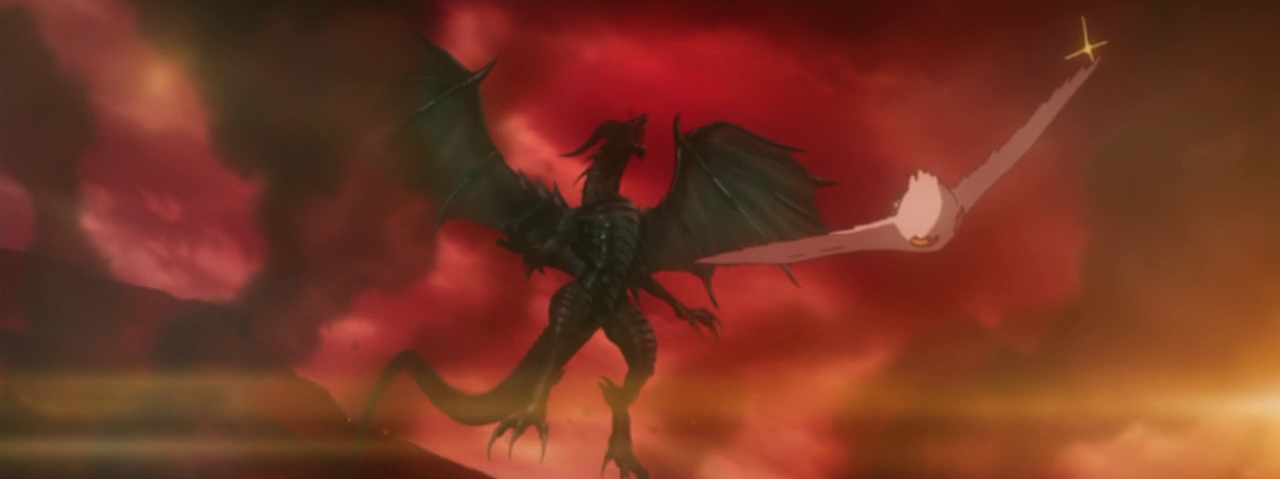
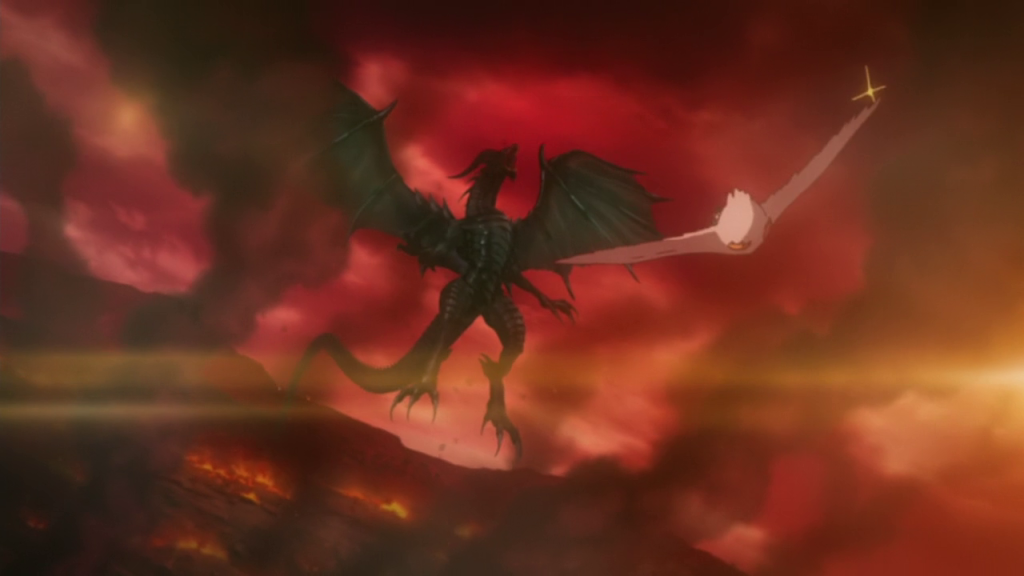
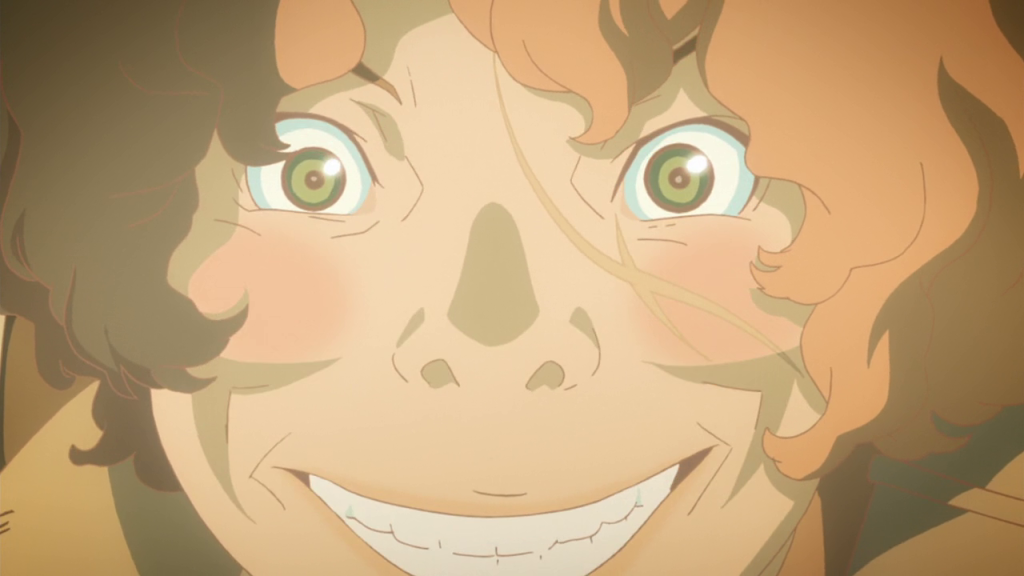
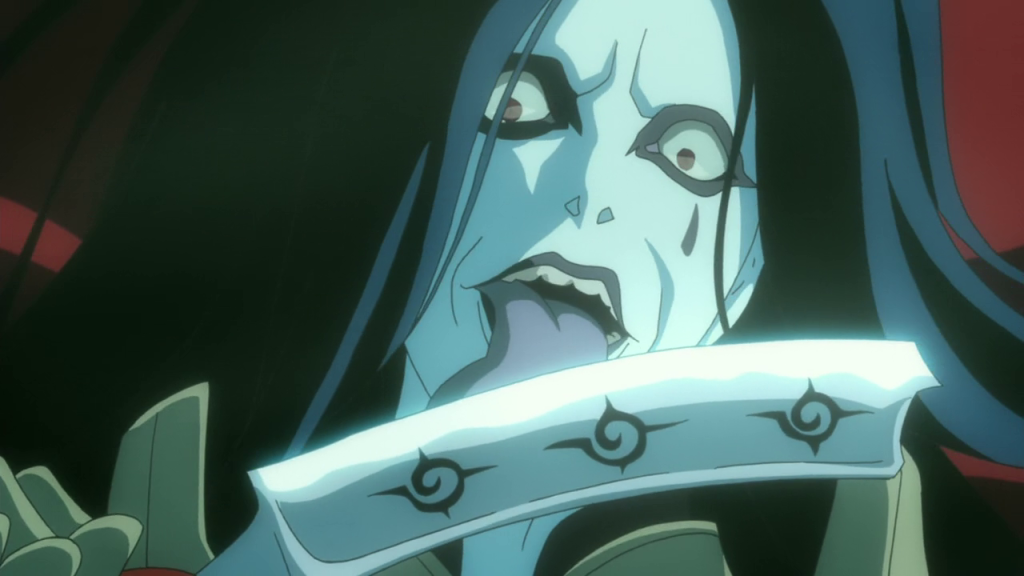
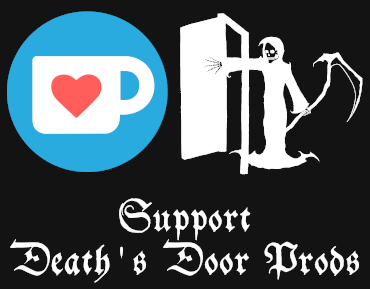


Add comment